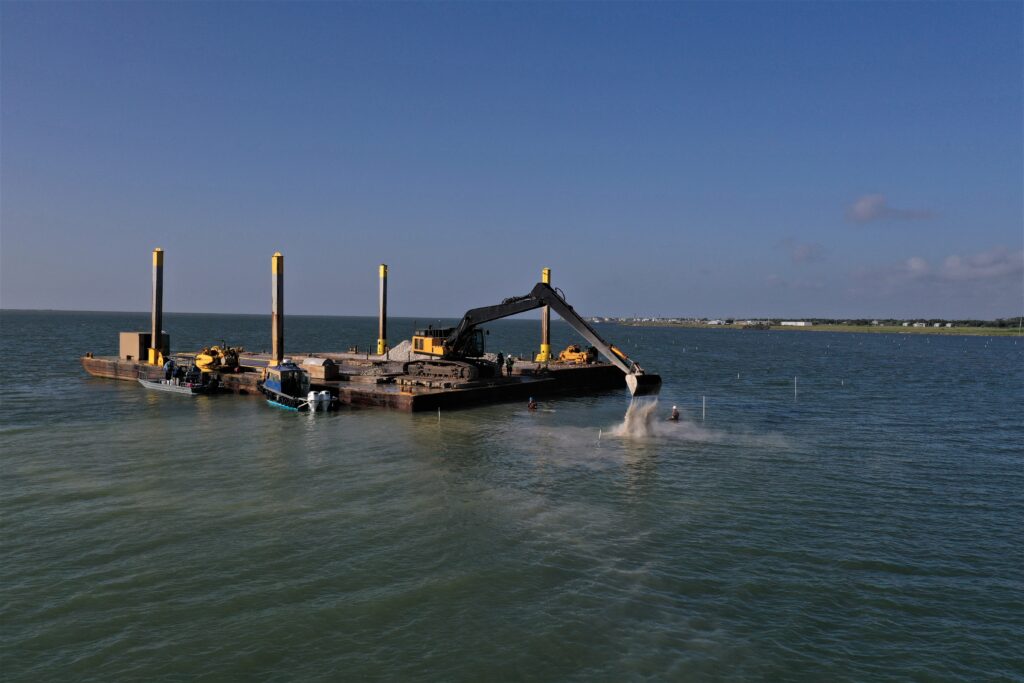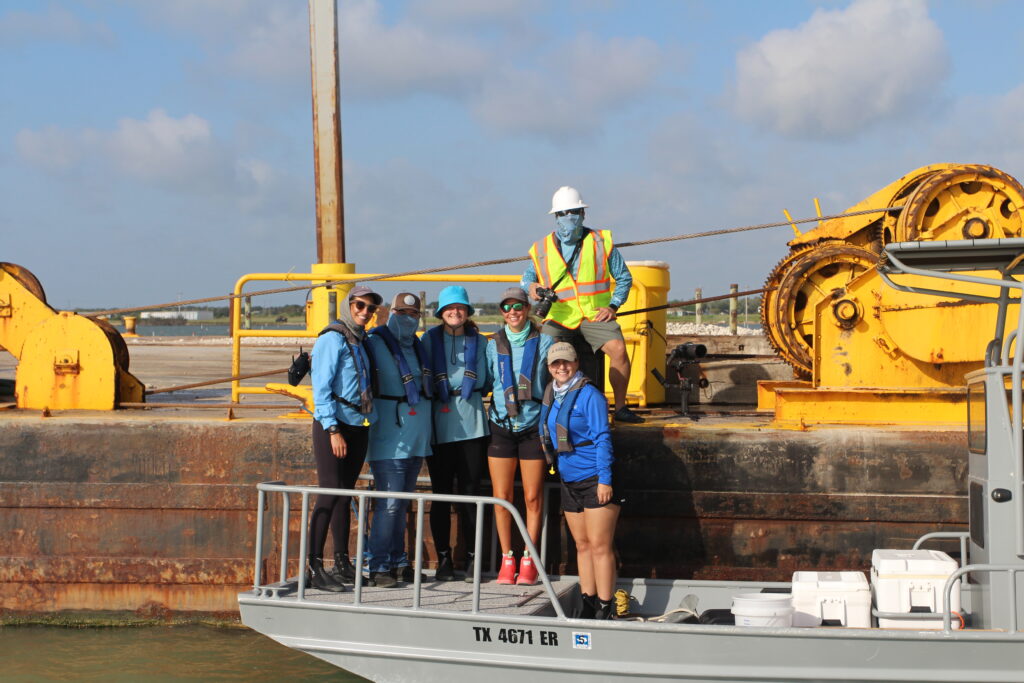
Contractors place rock cultch into the St. Charles Bay Brig Tree Unit reefing area. Each reef bed is checked continuously through construction to ensure proper amounts of material are placed and settled properly.
By John Blaha, CCA Texas Director of Habitat
CCA Texas and Tito’s Handmade Vodka recently teamed up to add an additional five reef beds in the Goose Island State Park Big Tree Unit Living Shoreline project. This recent effort is the fourth phase of deployments into the permitted site, bringing the total number of reef beds to forty-four within the twenty-plus acre reef site. The Phase IV cost was $226,250 and was funded by CCA Texas and Building Conservation Trust (BCT) and included a contribution of $50,000 from Tito’s Handmade Vodka.

CCA Texas originally partnered with Harte Research Institute for this living shoreline project in St. Charles Bay along the Big Tree Unit of Goose Island State Park in August of 2017. CCA Texas and BCT originally funded $75,000 along with funds from TXGLO, USACE, NMFS and others. Phase I resulted in seven reef beds constructed along the Big Tree Unit. The second phase of this restoration and creation effort took place in the spring of 2020. CCA Texas once again provided funding in the amount of $50,000. These funds were secured through the Harvey Relief Fund donation from Lone Star Breweries and were part of an effort that created an additional ten reef beds. In the spring of 2022, Phase III placed an additional twenty-one reef beds at the site. In Phase III CCA Texas contributed $360,000 to the project. This included $100,000 from Lone Star Breweries and $60,000 from Cheniere Energy. This additional funding allowed HRI to expand the Phase III effort by an additional six beds, from the fifteen planned. To date, CCA Texas has funded $711,250 for the St. Charles Bay Living Shoreline project. The funds have included those from grassroots banquet fundraising efforts from across that state and supporters such as Tito’s Handmade Vodka, Lone Star Breweries, Cheniere Energy and others.
The original deployments of materials to the site took place in early August of 2017. Seven reef beds were built only weeks before Hurricane Harvey. Not only did these freshly deployed beds survive the force of Harvey, but the storm also kicked off a large oyster spawn, leaving the new beds covered in fresh oyster spat only weeks after Harvey’s passing. The site now boasts forty-four reef beds that supply many ecosystem services to the immediate and surrounding areas, and critical shoreline protection to the Big Tree Unit, which is a major wintering ground for whooping cranes.

Derrick Construction puts the finishing touches on five reefs beds in St. Charles Bay Big Tree Unit reefing area. After the initial rock cultch is layed, contractors then place a coating layer of recycled oyster shell from area restaurants and shucking houses. Photo Courtesy of Janae Evans.
This project exemplifies the importance of healthy and growing reefs, and the need for sanctuary reefs. These designated reefs provide seed source for adjacent reefs; serve as habitat for over 300 aquatic species; offer numerous ecological benefits; determine currents; slow water surges and shoreline erosion; and provide recreational fishing opportunities. On any given day, one will see recreational anglers fishing these reef beds in St. Charles Bay by kayak, boat or simply walking to them from Lamar Beach Road. While oyster reefs do not carry the glamour of seagrass meadows or marsh shorelines, they provide 4.5 times more aquatic biomass than seagrass beds and 11 times more aquatic biomass than estuarine marsh shorelines. Oyster reefs are the bedrock of the ecology and health of Texas’ coastal resources.
CCA Texas, BCT and our partners are dedicated to continuing the support of the restoration and creation of sanctuary and conservation oyster reefs up and down the Texas coast. For more information about CCA Texas and our efforts with oyster reefs, please visit www.ccatexas.org/oysters.

Members of Harte Research Institutes Coastal Conservation & Restoration Lab on hand for observation while out in the Aransas Bay system completing oyster reef surveys.





